Webb Schools student, faculty identify dinosaur thigh bone
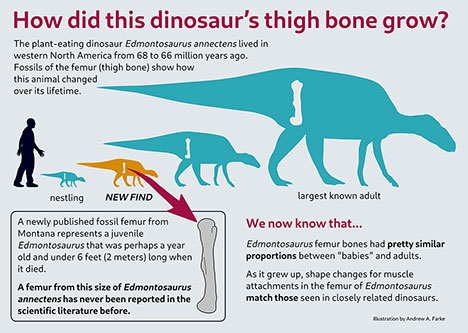
High school senior Eunice Yip and Andrew Farke from the Webb Schools recently published a paper on a dinosaur–the Edmontosaurus.
Also known as a duck-billed dinosaur, the Edmontosaurus was four-legged plant-eating dinosaur from around 66 million years ago. If you have heard of the Tyrannosaurus rex, well, this particular dinosaur was likely T. rex food.
Mr. Farke’s and Eunice’s paper was a formal scientific description of a femur, or thigh bone, of the Edmontosaurus.
While there is information out there about the femurs of these Edmontosaurus dinosaurs as adults and as small nestlings, this particular femur bone was from a dinosaur that was about a year old, known as an “early juvenile.” The paper is the first to formally study and document an early juvenile Edmontosaurus femur bone.
At the Webb Schools, Eunice took the class “Advanced Study in Paleontology” after a unit in paleontology freshman year piqued her interest. She had the opportunity to select a project to do original scientific research. The Webb Schools of Claremont are the only secondary schools in the United States with a nationally 
She chose the project because “the other options weren’t about dinosaurs,” she said, and she felt like this was something she could do with the skill set she had at that time.
The fossil was found in 2000 on an expedition from the Alf Museum to the Hell Creek Formation in Montana, a popular site for dinosaur fossils. However, Mr. Farke said he hadn’t had the time to study it or to identify a student who seemed like a good match for the project.
“When Eunice said that she was interested in working on it, I jumped at the chance to have someone to really help push it forward,” Mr. Farke said.
Over the course of the academic year, Eunice worked on measuring and researching the fossil. She compared it with other Edmontosaurus fossils and femurs from similar species.
In December 2018, she and Mr. Farke submitted the paper for peer review, an anonymous process during which researchers receive feedback on their work from the scientific community.
“It was really exciting because it seemed like I was doing something that was extending out of my immediate community and into the outside world,” Eunice said.
After receiving the comments and revising the paper accordingly, it was sent to the Vertebrate Anatomy Morphology Palaeontology journal and published April 30. This was pretty unusual, according to Mr. Farke, since big research studies usually take years to finish and students often don’t get published until after they graduate.
The study revealed a few major things about the way the Edmontosaurus grew up. First, one of the major leg muscle attachment areas on the bone did not change in the way that scientists had previously predicted. They also discovered that the overall proportion of the leg bone—the ratio of the length of the bone to its girth—did not change, no matter how large or small the dinosaur was.
“For dinosaur paleontologists, that has interesting things to say about how these animals grew or how their bones changed, or didn’t change in this case,” Mr. Farke said.
Though Eunice is not interested in studying paleontology in the future, she learned a lot about the scientific process from this experience.
“I think the [paleontology] program taught me a lot of skills that could be applied to what I want to study in the future because it taught me how to research properly and to look for the right sources and how to communicate with other people in the research process and writing the paper,” Eunice said.
Eunice will be attending Columbia University in the fall and is currently interested in urban studies.
The Webb Schools offer many opportunities for students to get involved in paleontology, whether it’s going on expeditions and cleaning fossils in the lab or doing public outreach and paleontology education.
“In general, the main thing is that it’s just really exciting to…be part of a museum where so many people of all ages make contributions to science,” Mr.. Farke said. “This isn’t just sort of a casual class project. This is something that is part of a long-term scientific record and so it’s going be read and used and appreciated by people all over the world for decades to come.”
—Jaimie Ding



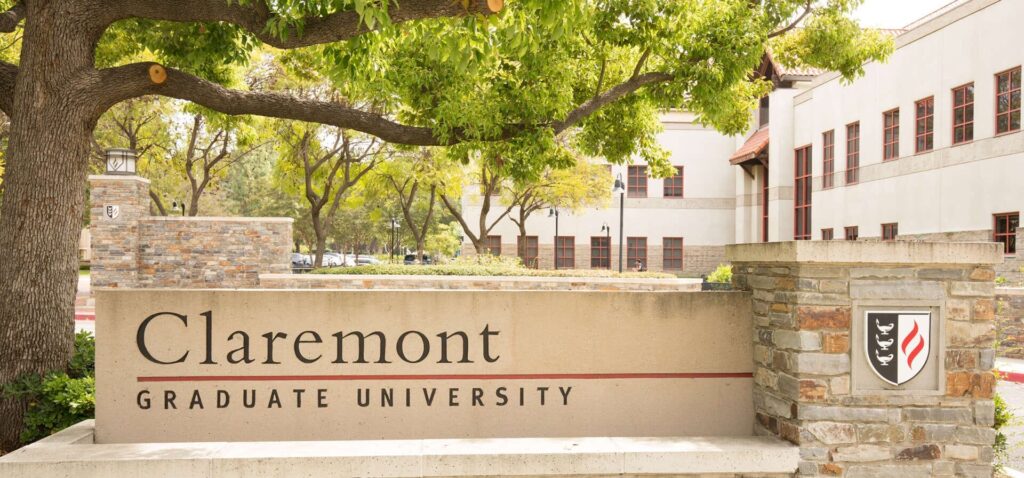

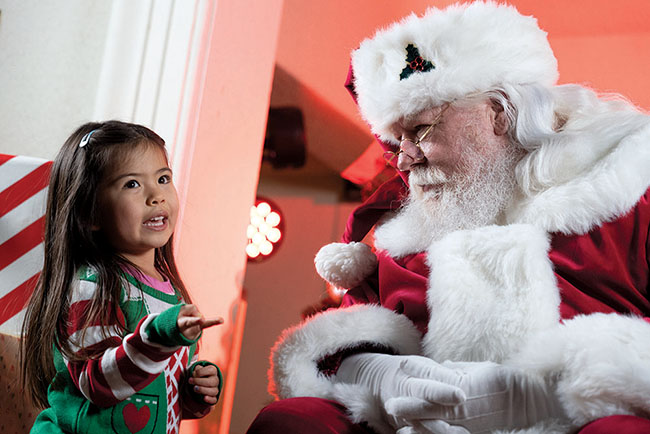
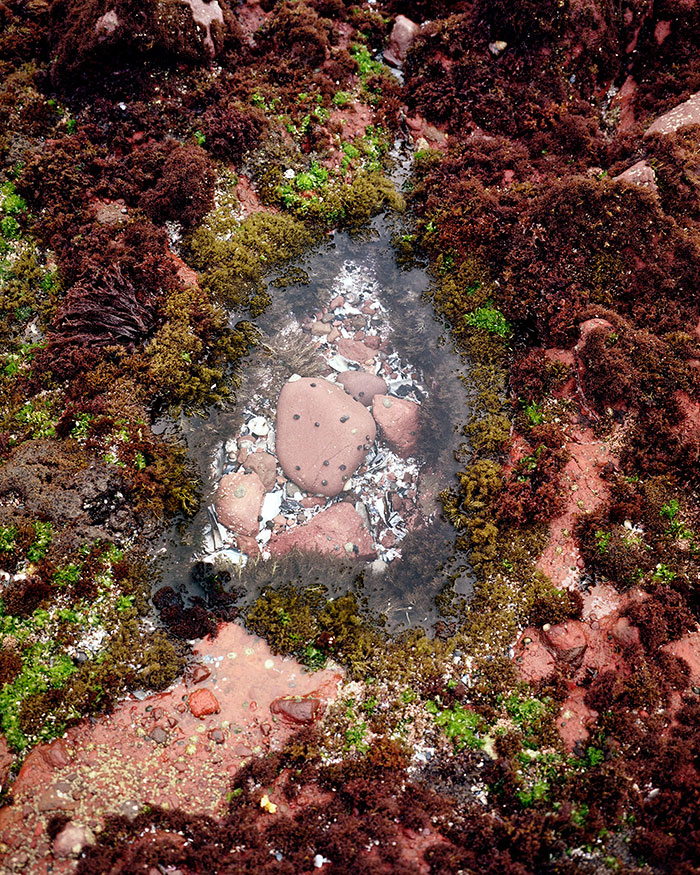

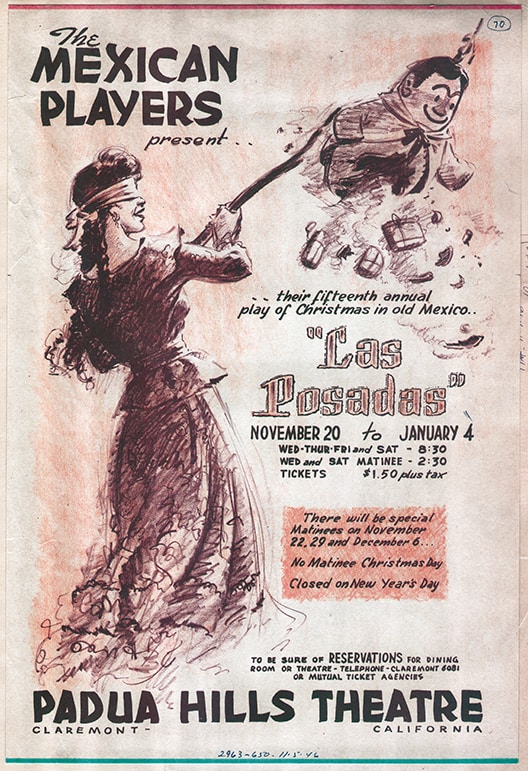

0 Comments